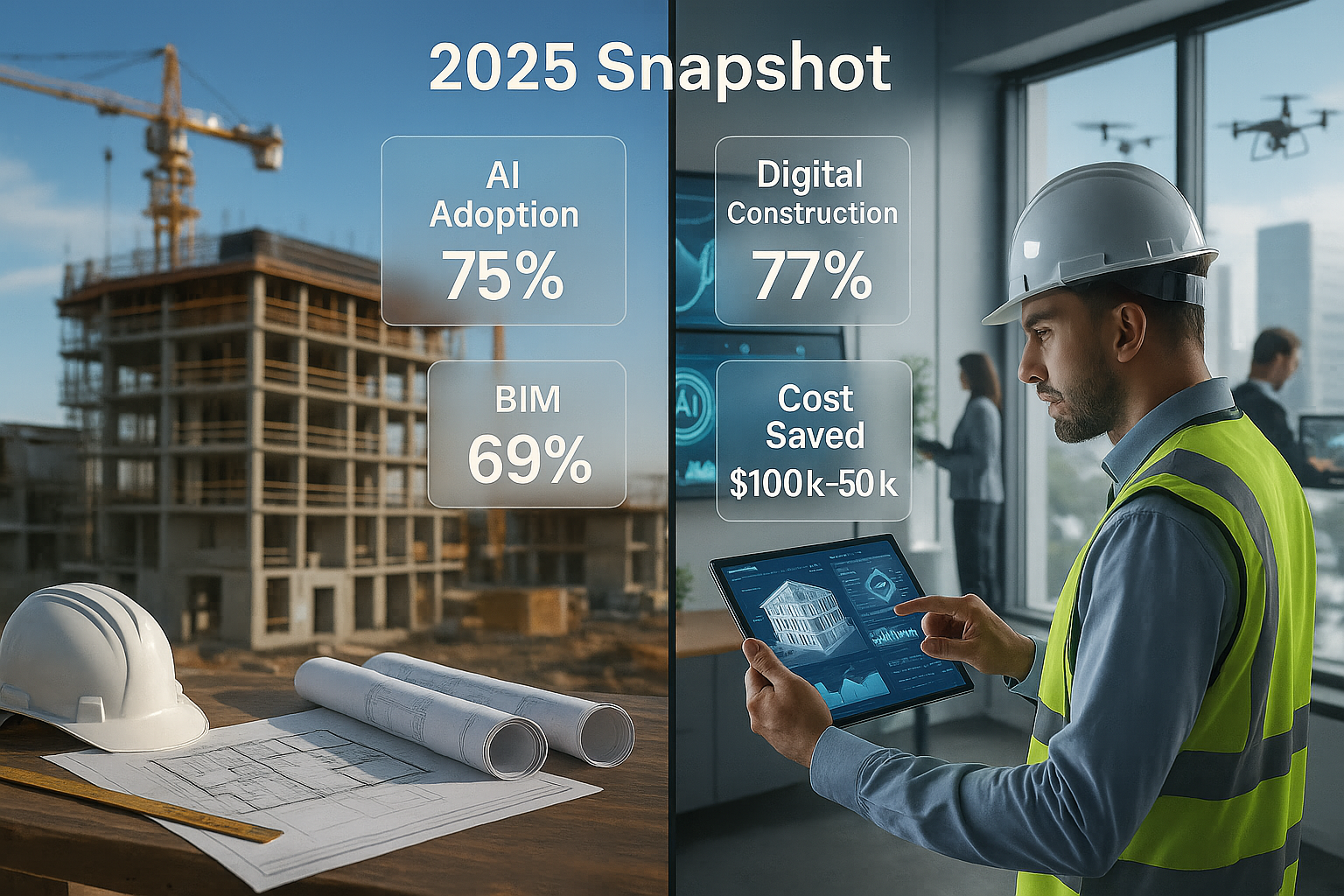Launching a tech product as a non-technical founder is 100% possible. With tools like no-code platforms and the right partnerships, you can bring your idea to life without writing a single line of code. Here’s how:
- Define Your MVP’s Purpose: Focus on solving a specific problem. Use tools like user interviews and competitor analysis to validate your idea.
- Allocate Resources Smartly: Budget $5,000–$50,000 for development. Prioritize "must-have" features and partner with experienced developers.
- Test Product-Market Fit: Launch a basic version, gather feedback through beta testing and analytics, and refine based on user needs.
- Manage Development Teams: Use clear communication, agile practices, and tools like Trello to keep outsourced teams aligned.
- Prepare for Launch: Set up analytics, create a go-to-market plan, and start with a soft launch to test the waters.
Launching an MVP isn’t about perfection – it’s about validating your idea and gathering feedback early. Let’s dive into the details.
Building an MVP for non-technical founders
1. Define Your MVP’s Purpose and Vision
When you’re a non-technical founder, having a clear purpose for your MVP is essential. The goal is to solve a specific problem, not to get bogged down by technical details.
1.1 Identify the Problem
Start by understanding the problem deeply. Validate your assumptions through methods like user interviews, social media, and online communities. These approaches help you uncover pain points and gather actionable insights:
| Validation Method | Purpose | Expected Outcome |
|---|---|---|
| User Interviews | Direct problem validation | Detailed pain point analysis |
| Online Communities | Gauge market sentiment | Broader perspective on needs |
| Social Media Research | Spot trends | Identify current market gaps |
1.2 Research the Market
Dive into competitor analysis to find gaps your MVP can address and refine your value proposition. Focus on:
- Existing solutions and their weaknesses
- Opportunities to stand out
- Pricing strategies and business models
- Unmet customer needs
1.3 Use a Business Model Canvas
A Business Model Canvas is a simple tool to map out your MVP’s key business elements without needing technical expertise. Focus on these areas:
- Value Propositions: What makes your solution stand out?
- Customer Segments: Who benefits most from your product?
- Revenue Streams: How will your MVP generate income?
- Key Resources: What assets are essential for development?
- Customer Relationships: How will you engage with users?
Aim to prioritize features that can be built within a month to provide immediate value to users [1]. Incorporating user feedback mechanisms into your MVP ensures it evolves in line with user needs.
Once your MVP’s purpose and business model are clear, you’re ready to allocate resources and turn your vision into reality.
2. Allocate Resources Wisely
Launching an MVP as a non-tech founder means juggling limited budgets and tight timelines. Making smart decisions about where to spend your time and money can be the difference between moving forward or stalling.
2.1 Set a Budget
MVP development costs typically range from $5,000 to $50,000, depending on how complex the project is [2]. Focus the bulk of your budget on core development, but don’t forget to set aside funds for design, testing, and a contingency buffer. A good rule of thumb? Reserve 15-20% of your budget for unexpected changes or adjustments during development.
Once you’ve outlined your budget, the next step is finding the right technical partner to bring your idea to life.
2.2 Select a Tech Partner
Choosing the right development partner is a major decision. It’s not just about money – it’s about finding someone who understands your vision and can execute it effectively. Look for agencies or freelancers with:
- A portfolio of projects similar to yours
- Positive client reviews or testimonials
- Strong communication and responsiveness
- Expertise in the tech stack you need
- A clear and structured project management process
The right partner will help you stay on track and ensure your MVP meets user expectations.
2.3 Prioritize Features
To make the most of your budget, focus on delivering real value to users. Use the MoSCoW method to sort features into categories:
- Must-have: Core functionalities essential for the MVP
- Should-have: Important but not critical for the initial release
- Could-have: Features that are nice to include but not necessary
Concentrate on the "must-have" features to avoid scope creep and unnecessary delays. Outsourcing development can also speed up the process – by as much as 70% – allowing you to launch faster and start collecting feedback sooner [2]. This approach helps you test your product’s appeal while saving resources for future updates.
sbb-itb-51b9a02
3. Test Product-Market Fit
Testing whether your product resonates with your target audience is key for non-technical founders. This step ensures your MVP addresses real problems before committing significant time and money.
3.1 Build a Basic MVP
Focus on the core functionality your product needs to solve user problems. Skip the bells and whistles for now – what matters is creating something functional. Use low-code platforms to build prototypes quickly without needing extensive technical skills. Tools like AlterSquare‘s delivery model can help you create MVPs efficiently and on budget.
3.2 Collect and Analyze Feedback
At this stage, the goal is to understand how users interact with your product and whether it meets their needs. Set up various ways to gather feedback:
- Beta Testing: Spot bugs and assess how well users complete tasks.
- User Interviews: Learn what users think and hear their feature suggestions.
- Usage Analytics: Track how often users engage and whether they stick around.
- Customer Surveys: Measure satisfaction and Net Promoter Scores (NPS).
This data not only validates your MVP but also highlights areas for improvement. Look closely at user behavior and engagement metrics – they often provide deeper insights than direct feedback.
3.3 Refine and Improve
Organize feedback by its impact and focus on changes that enhance the core functionality. Instead of making sweeping changes, take small, deliberate steps to improve the product. Use data to confirm whether your updates are actually solving user problems.
Product-market fit isn’t a one-and-done task – it’s a continuous process. Keep development cycles short and focused on delivering meaningful updates. Stay in close communication with your team to ensure priorities are clear and progress stays on track.
Once your MVP is polished and your product-market fit is validated, the next challenge is working effectively with your development team to keep the momentum going.
4. Manage Outsourced Teams
After confirming your product-market fit, keeping outsourced teams on track is key to sustaining development progress. For non-technical founders, effective management ensures the technical work supports your vision and business goals.
4.1 Communicate Clearly
Keep everyone on the same page by documenting project discussions and decisions in a shared workspace. Tools like Figma for mockups and Notion for centralized documentation make this easier. Be mindful of time zones when scheduling regular video calls to keep the team aligned.
4.2 Use Agile Practices
Break the development process into short, manageable sprints lasting 1-2 weeks. Agile methods like daily standups, sprint planning, and reviews help keep the project structured and responsive to changes.
| Sprint Component | Frequency | Purpose |
|---|---|---|
| Daily Standups | 15 mins daily | Share updates and resolve blockers quickly |
| Sprint Planning | Bi-weekly | Define goals and deliverables for the sprint |
| Sprint Review | End of sprint | Showcase features and gather feedback |
| Retrospective | Monthly | Discuss challenges and areas for improvement |
4.3 Monitor Progress
Track progress using dashboards that highlight metrics like sprint velocity, bug fixes, and feature completion. Tools like Trello or Asana can help visualize workflows and spot bottlenecks early.
"Outsourcing MVP development can be a good option for non-technical founders, but it requires careful management and clear communication to ensure success." – Belighted [2]
Hold weekly progress reviews to ensure the team stays aligned with your business goals and to address any issues promptly. With a well-organized team, you’ll be ready to focus on a smooth and successful launch.
5. Launch and Post-Launch Plans
Once your development team is on the same page and your MVP is polished, it’s time to gear up for a smooth market entry.
5.1 Prepare for Launch
As a non-tech founder, you can rely on tools like Google Analytics and structured timelines to focus on strategy without diving into technical details. Build a go-to-market plan that zeroes in on your MVP’s target users.
| Launch Task | Timeline | Key Steps |
|---|---|---|
| Technical Setup | 2-3 weeks | Test infrastructure, set up analytics, ensure security |
| Marketing & Onboarding | 2 weeks | Create landing pages, tutorials, and support systems |
| Launch Timeline | 1 week | Plan communication channels and backup processes |
5.2 Launch the MVP
Set clear metrics to evaluate your MVP’s performance, such as user acquisition cost (CAC), retention rates, and customer lifetime value (CLV). Start with a soft launch by granting early access to a small group of users. This approach helps uncover issues early while building buzz. For example, AlterSquare found that pairing a 90-day development cycle with a controlled launch phase boosted their market entry success.
5.3 Optimize After Launch
After launch, broaden your feedback efforts with user surveys and engagement analysis to guide updates that improve your core features. Pay special attention to metrics like:
- Time to First Value: How quickly users see benefits from your product.
- Net Promoter Score (NPS): Measures user satisfaction and likelihood to recommend.
Use a roadmap to prioritize updates based on feedback, ensuring your product stays reliable. Regularly reviewing performance ensures your MVP continues to meet both user expectations and your business goals.
Key Points for Non-Tech Founders
As a non-technical founder, your primary role is to focus on understanding user needs and ensuring your product stays on track with its intended purpose. Success hinges on making smart decisions about resources and partnerships while keeping the product vision clear.
When it comes to budget, aim to allocate 60-70% of your resources to core development and 30-40% to validation and fine-tuning. This approach helps you create an MVP that is functional and user-oriented.
| Focus Area | Resource Allocation | Expected Outcome |
|---|---|---|
| Core Development | 60-70% | Functional MVP |
| Validation & Refinement | 30-40% | Better market fit and user experience |
Launching an MVP requires adaptability and a strong emphasis on user feedback. While technical partners handle the development, your strengths lie in:
- Building strong relationships with technical experts
- Ensuring clear and open communication
- Collecting and acting on user feedback consistently
- Using data to prioritize features effectively









Leave a Reply